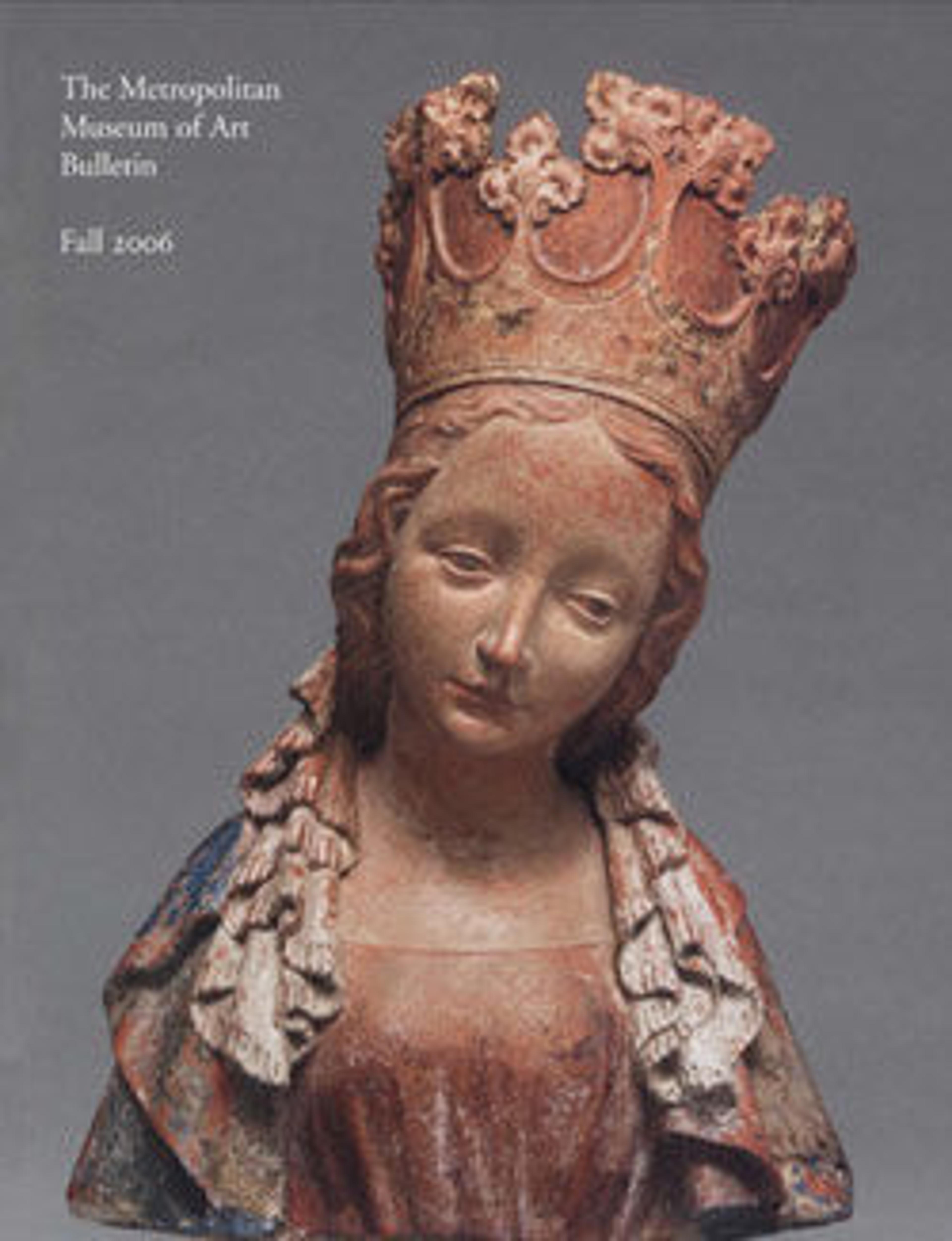The Penitent Magdalen
According to the Golden Legend, Mary Magdalen chose to spend her last days nourished only by angels’ song in an act of penitence. Giaquinto shows her dressed for self-punishment—she wears a painful metal belt with spurs known as a cilice—and turning away from her contemplation of a skull, book, and crucifix to gaze on an angel. This painting was executed for Cardinal Mario Bolognetti (1690–1756) around the time he was appointed deacon of Santa Maria ad Martyres in Rome, better known as the Pantheon. It was among six religious works by Gianquinto that hung in Bolognetti’s bedroom when he died.
Artwork Details
- Title: The Penitent Magdalen
- Artist: Corrado Giaquinto (Italian, Molfetta 1703–1766 Naples)
- Date: ca. 1750
- Medium: Oil on canvas
- Dimensions: 63 x 46 1/2 in. (160 x 118.1 cm)
- Classification: Paintings
- Credit Line: Purchase, Mark Fisch and Rachel Davidson Gift, in honor of Keith Christiansen, 2006
- Object Number: 2006.54
- Curatorial Department: European Paintings
More Artwork
Research Resources
The Met provides unparalleled resources for research and welcomes an international community of students and scholars. The Met's Open Access API is where creators and researchers can connect to the The Met collection. Open Access data and public domain images are available for unrestricted commercial and noncommercial use without permission or fee.
To request images under copyright and other restrictions, please use this Image Request form.
Feedback
We continue to research and examine historical and cultural context for objects in The Met collection. If you have comments or questions about this object record, please contact us using the form below. The Museum looks forward to receiving your comments.
